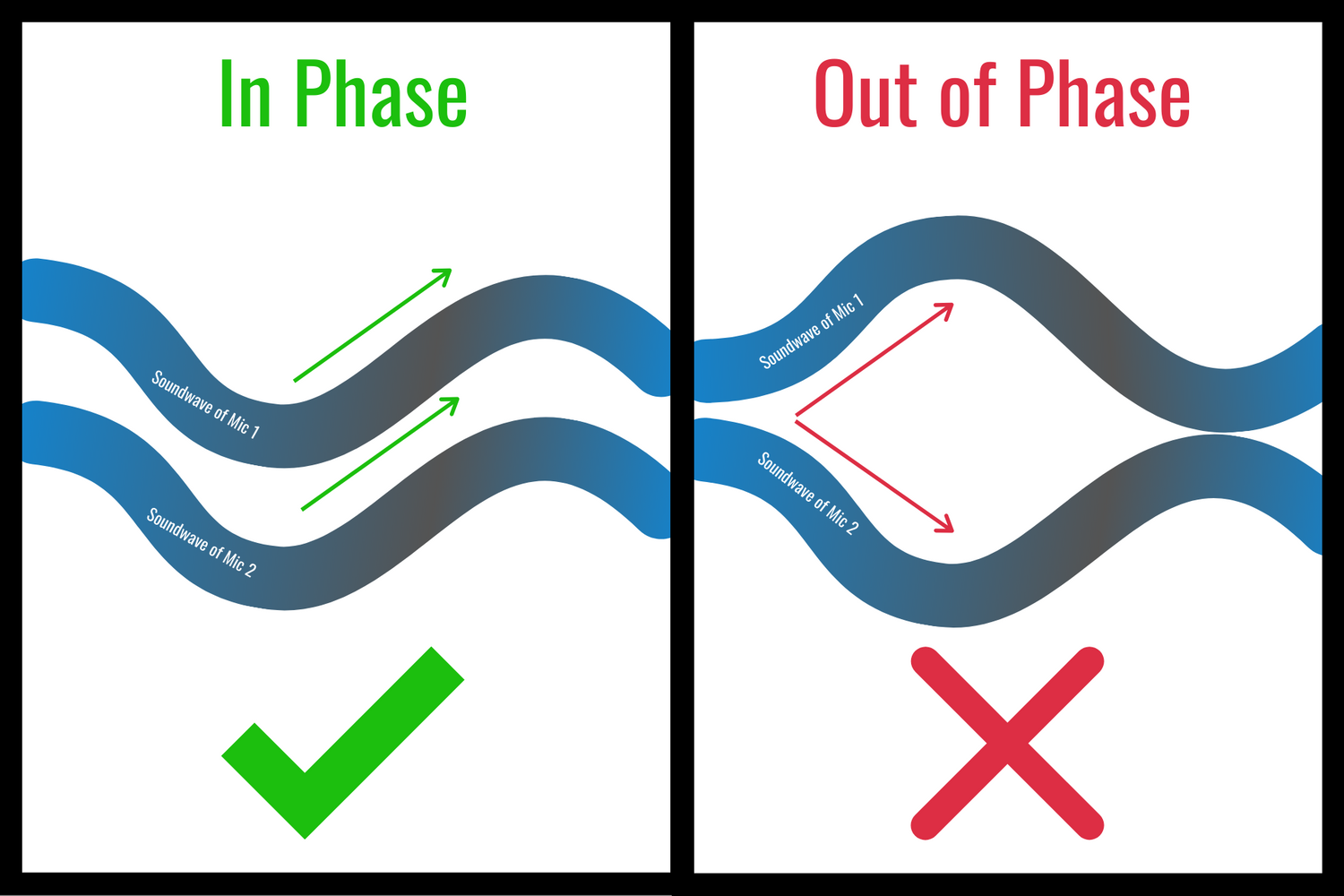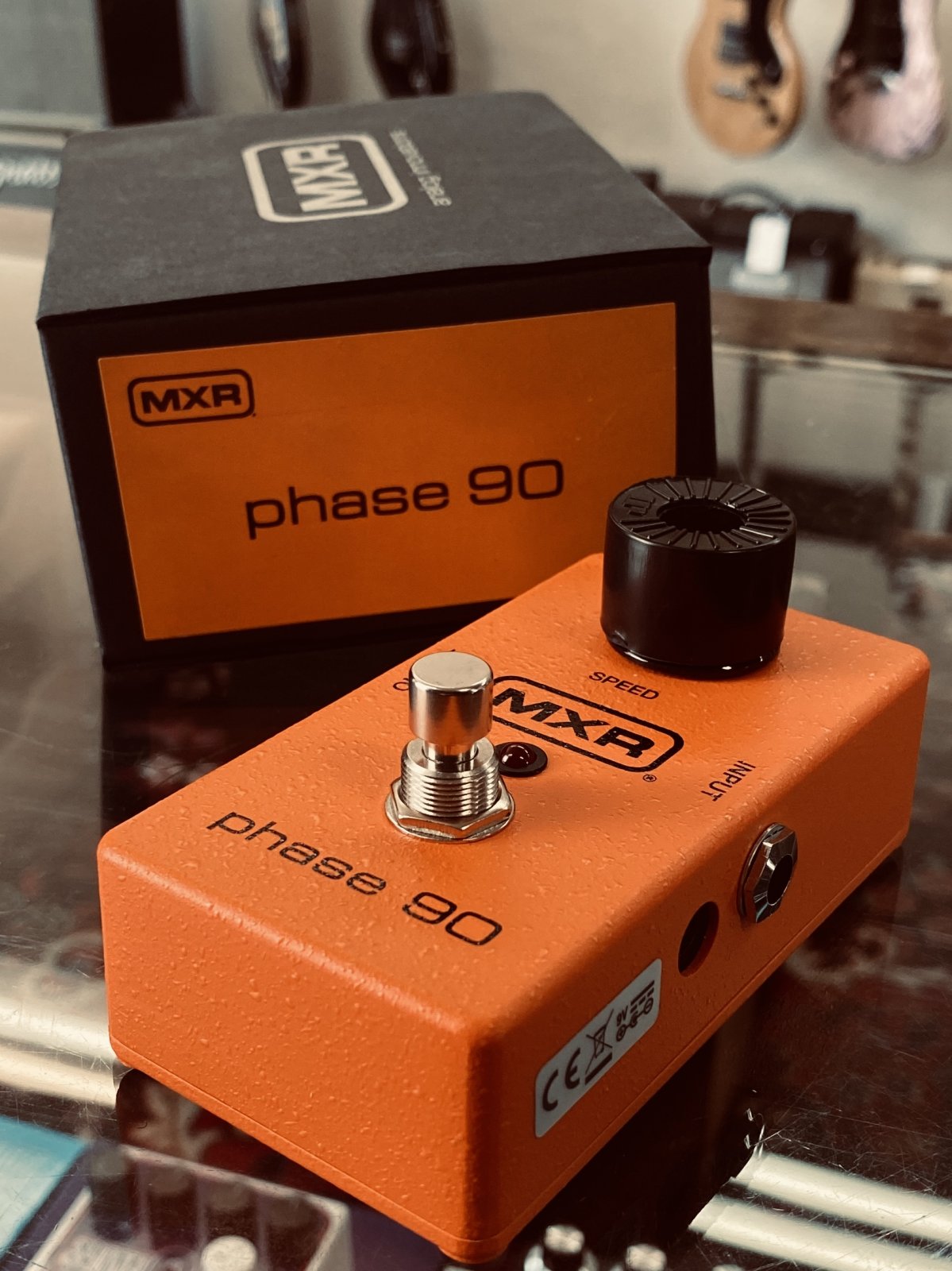Demystifying Phase Cancellation
Demystifying Phase Cancellation: Unveiling Its Impact on Sound Quality
Hey there, fellow music lovers! Have you ever noticed that your favorite tunes don't always sound the same when played on different sound systems? Well, there's a fascinating phenomenon called phase cancellation that plays a significant role in this audio puzzle. In this blog post, we're going to unravel the secrets of phase cancellation, explore its effects on sound, and discover its advantages and disadvantages.
So, let's dive right in and uncover the science behind it all!
Understanding Phase Cancellation:
Have you ever heard of the saying "two rights make a wrong"? Well, in the world of audio, that can sometimes be true. Phase cancellation occurs when two sound waves with identical frequencies clash in opposite phases, resulting in either a boost or reduction of specific frequencies and altering the overall sound.
The Science Behind Phase Cancellation:
Imagine two sound waves of the same frequency, such as a strummed guitar chord, playing simultaneously. If these waves are in sync, meaning their peaks and valleys line up, they amplify each other, creating a louder and richer sound. This is known as constructive interference. However, when one of the waves is shifted by 180 degrees (out of phase), their peaks coincide with the other wave's valleys, causing them to cancel each other out. This phenomenon, called destructive interference, leads to phase cancellation.

Benefits of Phase Cancellation:
Noise Reduction: Phase cancellation can be deliberately used as a handy tool for reducing unwanted noise or interference in audio recordings. By introducing an out-of-phase signal that matches the undesired noise, it is possible to cancel it out, resulting in a cleaner sound.
Creative Sound Effects: Phase cancellation finds its way into various audio effects processing techniques, such as flanging or phasing, where intentional phase cancellation creates distinctive and captivating sound effects. By skillfully manipulating the phase relationships between two audio signals, you can achieve swirling, sweeping, or "moving" sonic textures.

Disadvantages of Phase Cancellation:
Sound Quality Compromises: Unintentional phase cancellation can lead to a deterioration in audio quality. When sound waves cancel each other out, specific frequencies get weakened or even disappear completely, resulting in an imbalanced or hollow sound.
Inconsistent Audio Reproduction: Phase cancellation can cause significant variations in audio playback across different speaker systems or listening environments. What might sound fantastic on one system can sound lackluster or thin on another, due to the unique phase relationships between speakers causing different degrees of cancellation or reinforcement.
Avoiding Unwanted Phase Cancellation:
To minimize the negative effects of phase cancellation and ensure an optimal sonic experience, keep these tips in mind:
Mindful Speaker Placement: Position your speakers thoughtfully to avoid phase-related issues. Consider factors like the listening position, room acoustics, and speaker-to-speaker distance to create a well-balanced soundstage.
Strategic Mic Placement during Recording: When recording audio, pay attention to microphone placement. Ensure adequate spacing between microphones and consider the phase relationships between them to prevent unwanted cancellations.
Utilize Phase-Checking Tools: Employ audio software plugins or hardware devices with phase analysis capabilities. These tools help identify phase cancellation problems by providing visual representations of the phase relationships between different audio tracks. This way, you can make informed adjustments to achieve optimal audio fidelity.

By demystifying the concept of phase cancellation, we gain valuable insights into its impact on sound quality. While it can be harnessed creatively for unique sound effects and noise reduction, unintended phase cancellation can lead to compromised audio fidelity and inconsistencies in sound reproduction.
Awareness of phase cancellation and employing techniques to minimize its negative effects empower us to create and enjoy a balanced and immersive sonic experience.
Bonus: Reference tracks.
Phase effects have been utilized in numerous famous records, adding a unique sonic character to the music. Here are a few notable examples:
"Tomorrow Never Knows" - The Beatles: This groundbreaking song from The Beatles' album "Revolver" (1966) prominently features a phased vocal effect. Engineer Geoff Emerick achieved this by running John Lennon's vocal track through a Leslie speaker, commonly used for organ effects. The result is a swirling, otherworldly sound that perfectly complements the song's psychedelic atmosphere.
"Baba O'Riley" - The Who: The iconic opening synth sequence in The Who's "Baba O'Riley" (1971) showcases a distinctive phased effect. Engineer Glyn Johns employed an EMS VCS3 synthesizer and utilized its built-in phase shifter to create the unique swirling sound that kicks off this classic rock anthem.
"Heart of Glass" - Blondie: Blondie's hit single "Heart of Glass" (1978) features a subtle yet crucial phase effect on the guitars. Producer Mike Chapman used a Small Stone Phaser, an analog pedal, to add a touch of swirling movement to the guitar parts. This contributed to the song's infectious and danceable quality.
"Once in a Lifetime" - Talking Heads: Produced by Brian Eno, Talking Heads' "Once in a Lifetime" (1980) employs phase shifting extensively throughout the song. The phased guitar riff and vocals, combined with rhythmic repetition, create a hypnotic and mesmerizing sonic landscape.
"Where the Streets Have No Name" - U2: U2's anthemic track "Where the Streets Have No Name" (1987) utilizes phase effects on the guitar parts. The Edge, the band's guitarist, employed a combination of a Roland SDD-320 Dimension D chorus and a Boss CE-1 Chorus Ensemble to achieve a spacious and swirling guitar sound, adding to the song's grandeur and emotional impact.
"Come As You Are" - Nirvana: Nirvana's iconic "Come As You Are" (1991) showcases a distinctive phased guitar riff. Kurt Cobain used a Small Stone Phaser pedal to achieve the haunting and atmospheric tone that has become synonymous with the song.
These records demonstrate the creative use of phase effects to enhance the sonic palette and create memorable musical moments. The innovative application of phase shifting techniques has contributed to the unique and timeless quality of these influential tracks.
Cheers,
AD.

Comments
Post a Comment